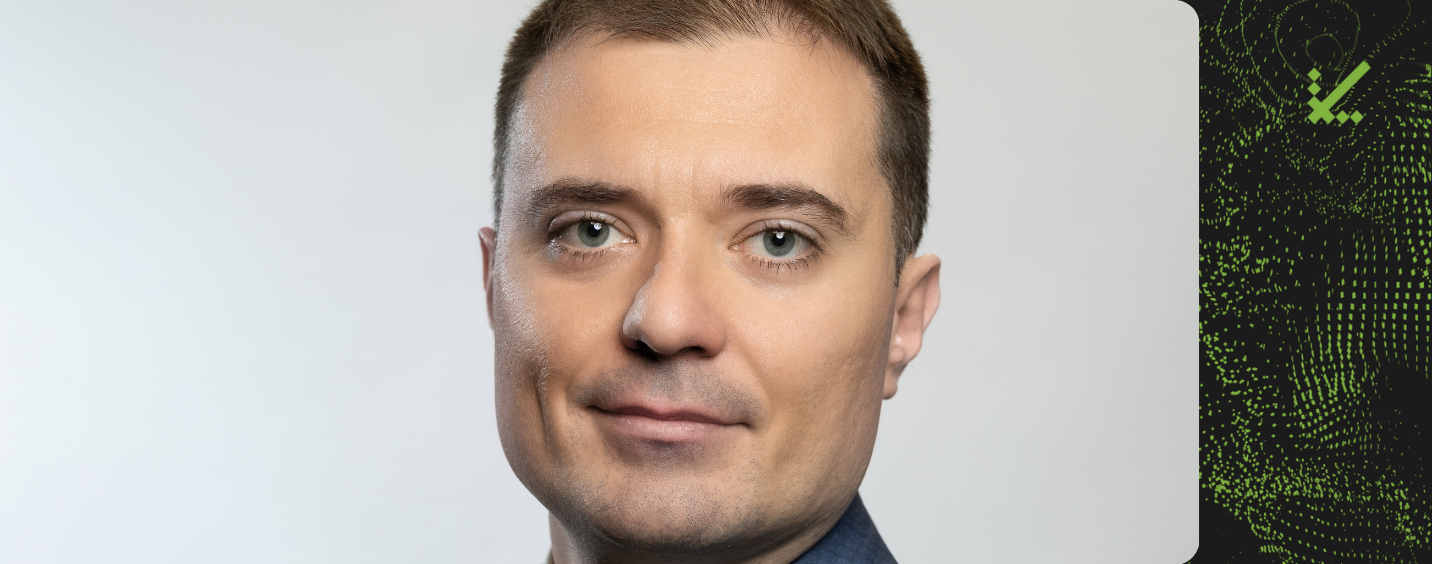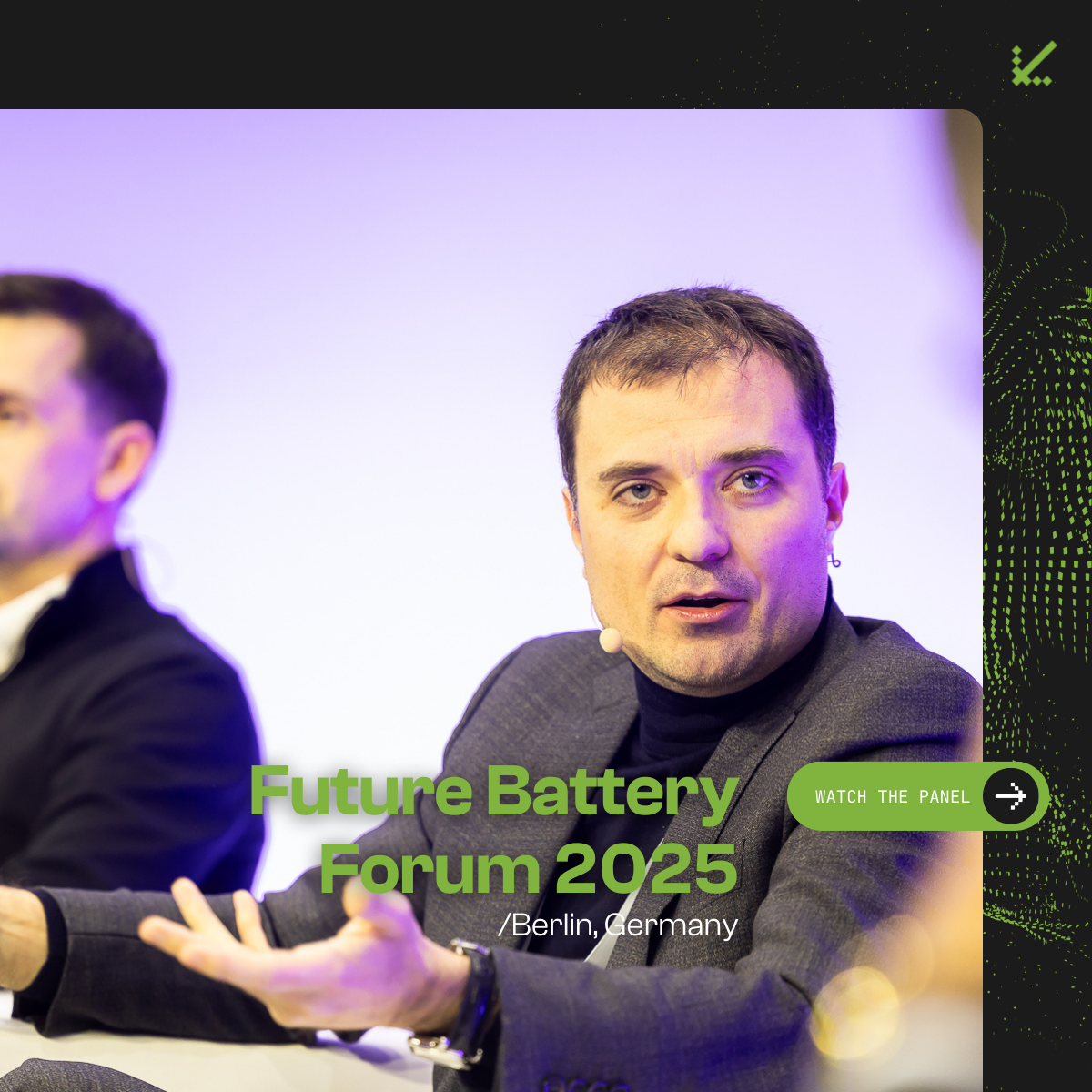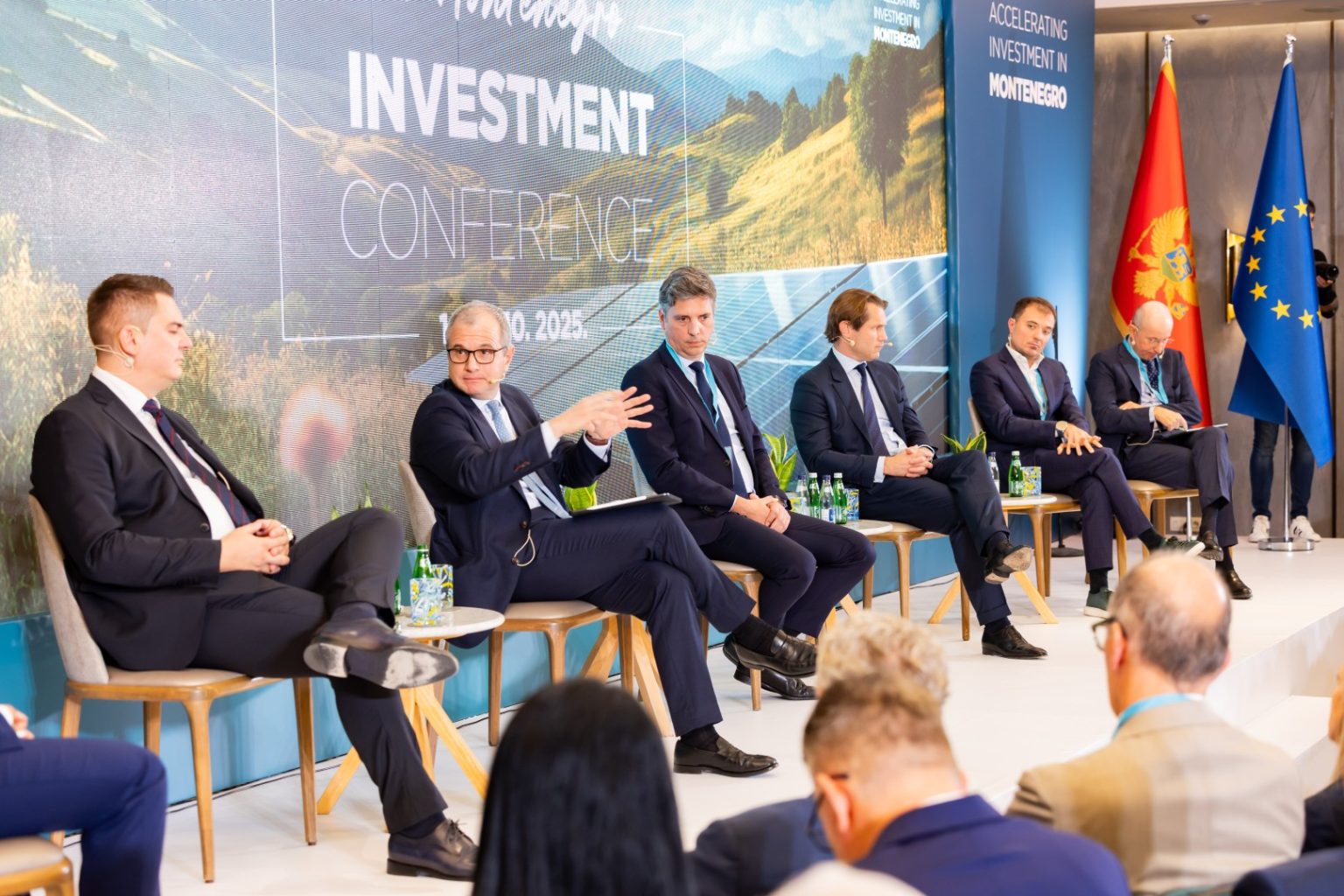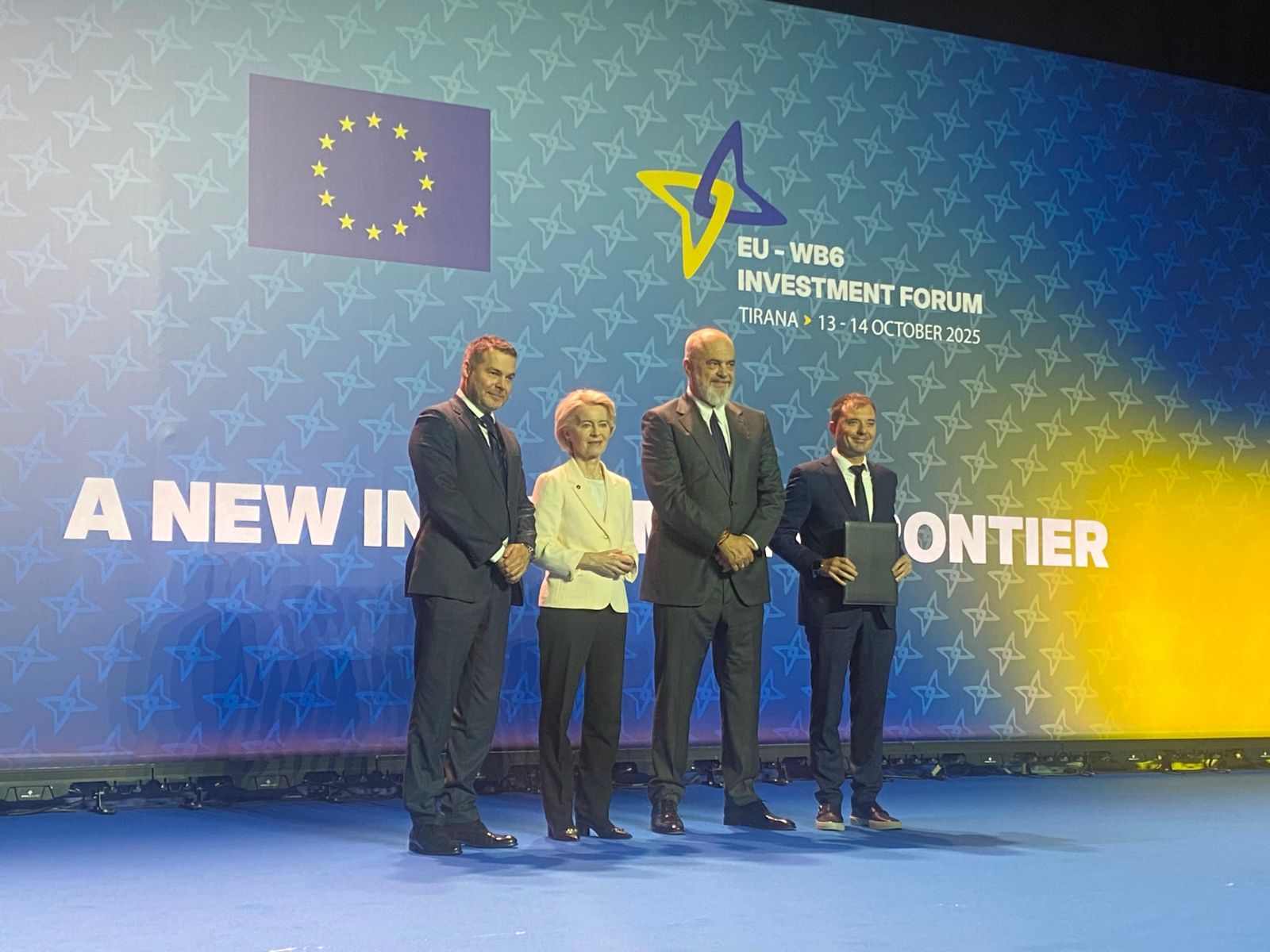News
INTERVIEW: Nemanja Mikać for 'EV Update Media': We are strategically redefining Europe’s role in the global battery market
Our core strategy is built on prioritizing manufacturability, ensuring capital efficiency from our pilot line to giga-scale, and leveraging an experienced battery technology team.
1. Why did you choose to focus specifically on LFP battery technology?
We realized that in 2019 that LFP will be the technology of the future. Then it was less than 10% of the market. Today it is above 60%. We have recognized that outstanding features of LFP combined with good engineering provide the best solution for mass market battery storage applications. More specifically, it covers a wide range of EVs, Buses, Trucks, industrial applications and energy storage systems, which is the majority of the market where lithium-ion batteries are used.
This is mostly due to the unique properties of LFP. For example, the durability and longevity of LFP is a huge advantage. These batteries are renowned for their exceptional cycle life, ranging from 3,000 to even 12,000 full charge-discharge cycles. This translates directly into a longer lifespan for the battery pack and, by extension, the vehicle or stationary system itself, providing greater value for our customers and end users.
LFP is incredibly compelling from a cost perspective as well. By utilizing abundant and readily available materials like iron and phosphate, we avoid the reliance on more expensive and supply-constrained materials such as cobalt and nickel. This allows us to achieve a more competitive cost per kilowatt-hour, which is crucial for making batteries more affordable and accessible to a wider range of consumers, ultimately accelerating the mass adoption. The higher thermal stability of LFP also reduces the need for complex and costly thermal management systems at the pack level, further contributing to cost-effectiveness.
2. How does ElevenEs position itself in the increasingly competitive global battery market?
We are not merely participating in the global battery market; we are strategically redefining Europe’s role within it. We directly confront the historical pain points that have plagued the European battery industry – the manufacturing hurdles, scale-up delays, and financial challenges that have led to widespread investor and OEM skepticism. Our core strategy is built on prioritizing manufacturability, ensuring capital efficiency from our pilot line to giga-scale, and leveraging an experienced battery technology team.
We’ve specifically chosen LFP Blade Cell technology as a proven, high-demand solution optimized for industrial-scale production. This allows us to overcome issues such as low initial yields and inconsistent quality that have plagued others. For instance, our pilot lines have already demonstrated over 95% coating yield and a 98% formation pass rate, significantly de-risking our scale-up and ensuring consistent quality. This disciplined approach to product development and execution has become a cornerstone of ElevenEs’ strategy moving forward, proving that success is achievable even when it’s harder than anticipated.
3. What are your priorities when it comes to expanding production capacity and scaling operations?
Key priorities include consistently achieving high yields, which directly translates to lower scrap rates and reduced manufacturing costs per cell. Our approach also includes using already proven, largely standardized equipment where possible, with only minor upgrades to accommodate our innovations, and maintaining high Overall Equipment Effectiveness (OEE).
We’ve put significant focus on efficient factory design and utility management. For instance, LFP’s lower sensitivity to moisture compared to high-nickel cathodes allows for less stringent dry room conditions, potentially cutting HVAC energy consumption by up to 30%. Our factory layout has also undergone 1.5 years of refinement, benchmarked against top-tier Asian facilities, optimizing flow and reducing CAPEX. Developing increasing independence in production equipment engineering is also a critical priority for achieving our long-term scalability objectives and maintaining competitive cost structures.
4. What are some recent milestones or achievements that you’re particularly proud of?
I am incredibly proud of the recent launch of our Edge574 Blade Cell, a next-generation battery for ElevenEs, with the aim to redefine the landscape of electric vehicles and industrial machines in Europe and the United States. This cell represents a significant leap forward, offering key performance features such as a 15-minute fast charge from 10% to 80% SoC, with capability for up to 4C charging rate. The Edge574 boasts an impressive cycle life exceeding fast charge 2,000 cycles and has the potential for at least 500,000 km in automotive applications, facilitates advancements from cell-to-pack to cell-to-body integration, and offers increased energy density at the pack level. The Edge574 is a complete redesign and a large upgrade from its predecessor, Edge575, which is why we gave it a new name.
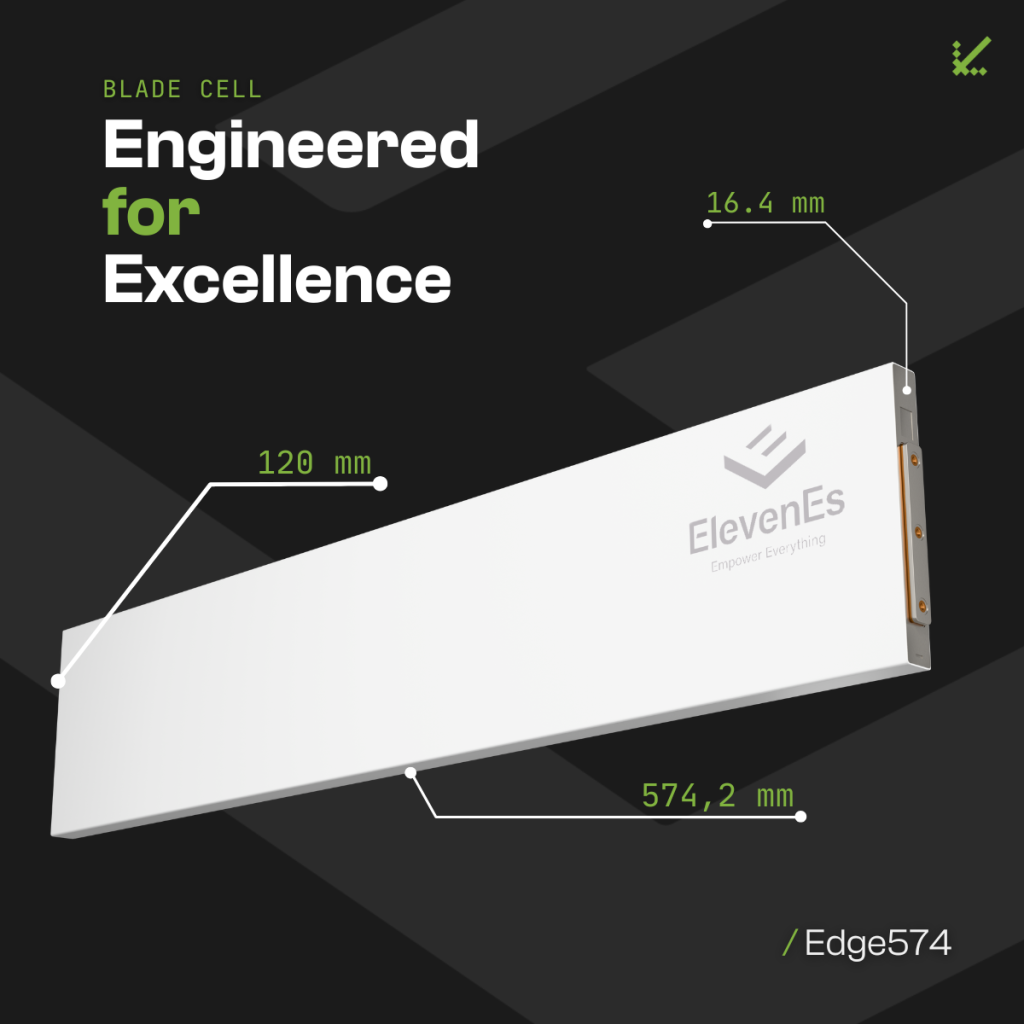
Edge574 Blade Cell
The successful development of the Edge574 stemmed from our disciplined approach to product development, where we set clearly defined, realistic, measurable, and achievable performance targets. Overcoming unexpected complexities during this process has not
only resulted in an improved product but has also solidified this disciplined approach as a cornerstone of our company’s strategy. Additionally, our LFP blade cells have successfully passed rigorous safety tests, including ARC, nail penetration, overcharge, and crush tests, without fire or thermal propagation, meeting global standards (GB, UN38.3, IEC, UL).
5. How do you see the role of ElevenEs in shaping the European battery supply chain?
I see ElevenEs playing a critical role in shaping the European battery supply chain. We aim to become an integral part of the European battery landscape by offering investors and partners a secure and compelling opportunity for dependable, high-performance LFP cells. Reliable large-scale LFP battery manufacturing is a critical element for the enablement of the European battery value chain. Without this, there will be no robust value chain. As soon as there is a sustainable LFP battery manufacturing base, one can expect that the complete value chain and raw material manufacturing will follow soon within Europe.
Our vision is to localize and scale this production in Serbia over the next seven to eight years. We plan to steadily bring our partners onboard and be an active participant in establishing a robust supply chain within Serbia, CEE region and potentially whole Europe. This could mean around three to five billion euros annually for just our supply chain, and about 5,000 new jobs within our company. We expect to have most of the critical material manufactured in Europe by 2031. Serbia also has the chance to become a technological leader in LFP battery production globally, outside of China, by being the first in Europe to mass produce this type of battery.
6. What kind of company culture are you trying to build at ElevenEs, and how do you maintain it as you grow?
We are deliberately building a company culture based on pragmatism, deep expertise, and a continuous, relentless focus on execution. Our aim is to create the very foundation for a new era of European battery manufacturing excellence. We emphasize rigorously learning from past industry failures and adopting strategies that prioritize manufacturability, de-risking, and capital efficiency. This approach is underpinned by a deep understanding of manufacturing excellence and engineering focus. To maintain this culture as we grow, we foster transparency and realistic timelines, committing to clear communication and achievable milestones to build trust through consistent execution.
I am proud of our multinational technical team, which has extensive experience and includes leading global industrial experts from battery manufacturers worldwide. The mixture of internal expertise and external validation is crucial; it accelerates our development cycles and significantly improves our problem-solving capabilities. We are a multicultural environment, employing over 110 specialists of around 20 nationalities, and are proud to provide equal opportunities for candidates from Serbia and around the world.
7. What advice would you give to entrepreneurs entering the clean tech or battery manufacturing space today?
My number one advice is to adopt strategies that rigorously prioritize manufacturability, de-risking, and capital efficiency. I would also strongly suggest focusing on industrializing proven, high-demand technologies rather than pursuing overly ambitious or unproven technology leaps that have plagued many past ventures. It is crucial to have a deep empirical understanding of manufacturing complexities and to embed de-risking principles into every single stage of your industrialization plan – from cell chemistry to factory design and team expertise. Focus on technology, not science. It is not the same.
Finally, establishing transparent communication and realistic timelines to build trust with investors and partners is essential; the industry is frightened, and trust is hard-earned.

